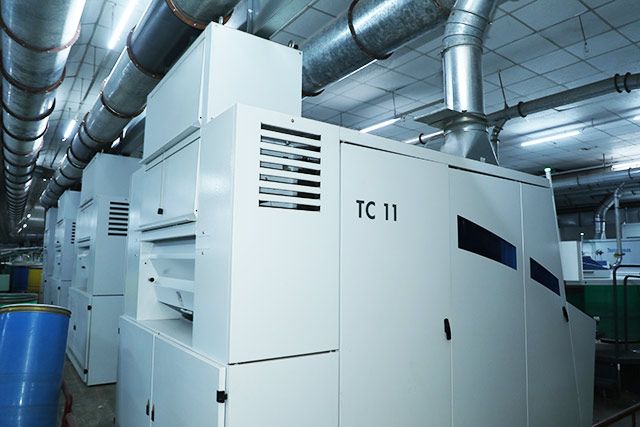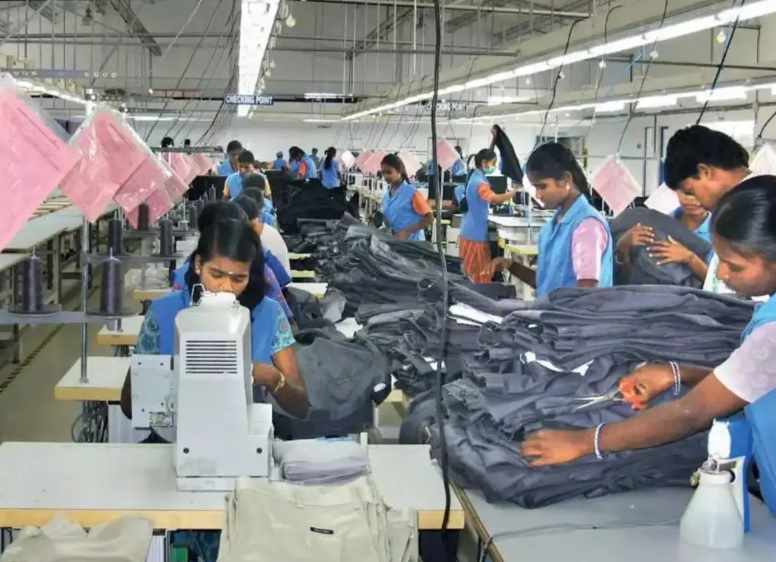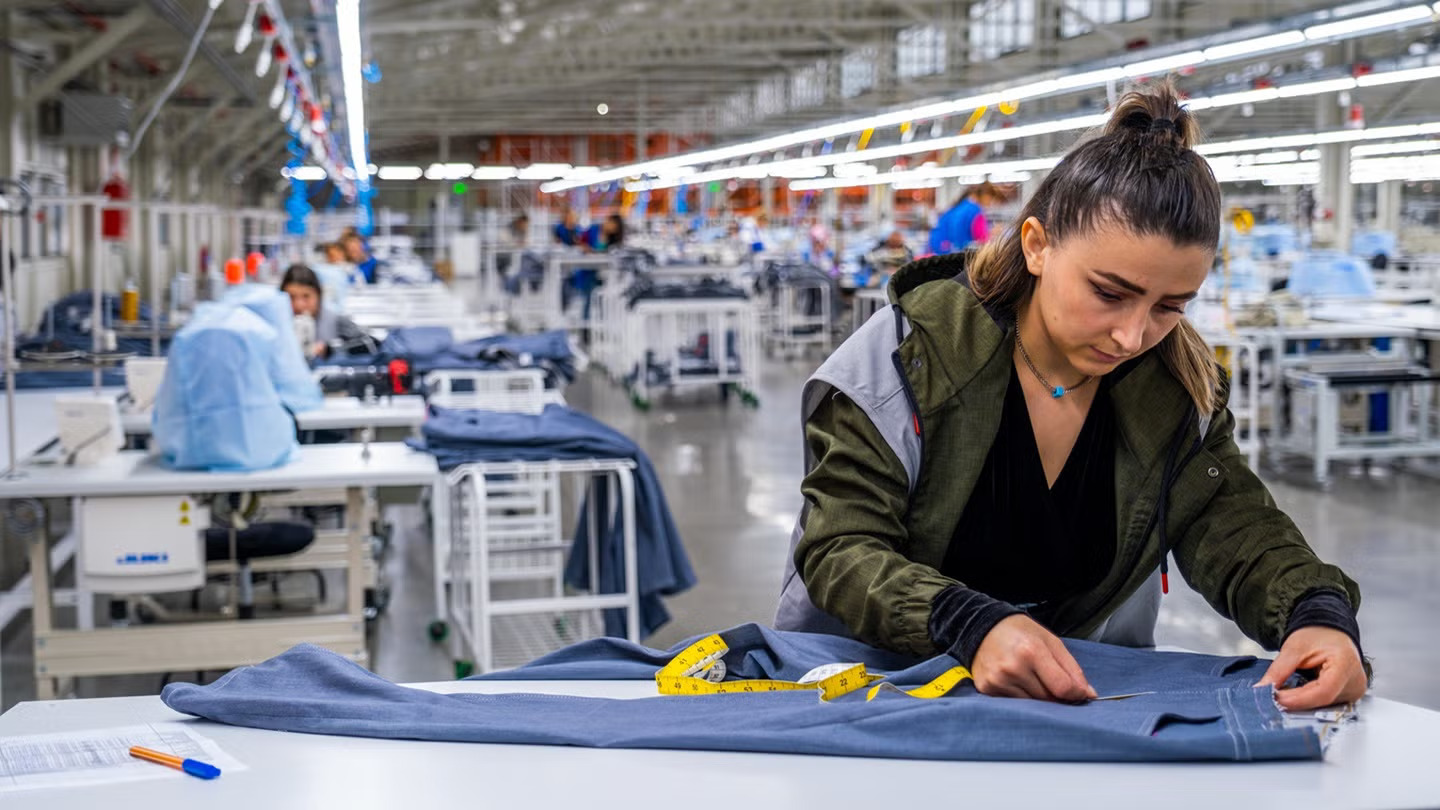
A massive work order from global fashion brands and buyers led to Bangladesh’s RMG exports rising 33.81 per cent to $31.43 billion during the July-March FY2021-22 period.Though the textile and garment sector in the country is witnessing an excellent flow of orders, supply gain glitches, constant power cuts and raw material price hikes are marring growth.
In 2021, Bangladesh invested Tk57.90 billion to expand spindles capacity to 745,400. Local textile millers also spruced up investments in the sector, as per BTMA data. Investment in the sector totaled $15 billion, during the year and is expected to reach $20 billion by 2025.
Increase in spinning capacity
Bangladesh invested $11 billion in spinning sector during the year to increase the number of spinning mills in the country to 100. The country has a yarn production capacity of 1.8 million tons that meets about 90 per cent of knitwear sector’s demand.Apparel and textile sector investments total BDTK80to 200 billion with enhanced production capacity expected by 2023.
Around 110garment factories have attained BGMEA memberships to set up new factories in the country including leading groups like Team Group, Urmi Group, RDM Group and Sheltech.
Team Group has invested BDT7.20 billion to construct 32 production lines denim factory, a washing plant, a sweater factory, and a blouse manufacturing unit. Similarly, Urmi Group has invested BDT 1.20 billion to construct a new 40 production lines RMG factory and it will create about 3,000 jobs.
Automation gains pace with labor shortage
Fazlee Shamim Ehsan, Vice President, BGMEA says, the whole industry is expanding with new factories being set up and older ones reopened. Factories are either witnessing worker shortage or do not have sufficient machine. Entrepreneurs are introducing more automated machines to deal with the shortage.
Faruque Hassan, President, Bangladesh Garment Manufacturers and Exporters Association (BGMEA) says, in the last few years, the industry has become more sustainable and responsible. However, it needs to step up investments in technologies, modernization, skills, efficiency, diversification in product range, to add more value to business and competitiveness.












